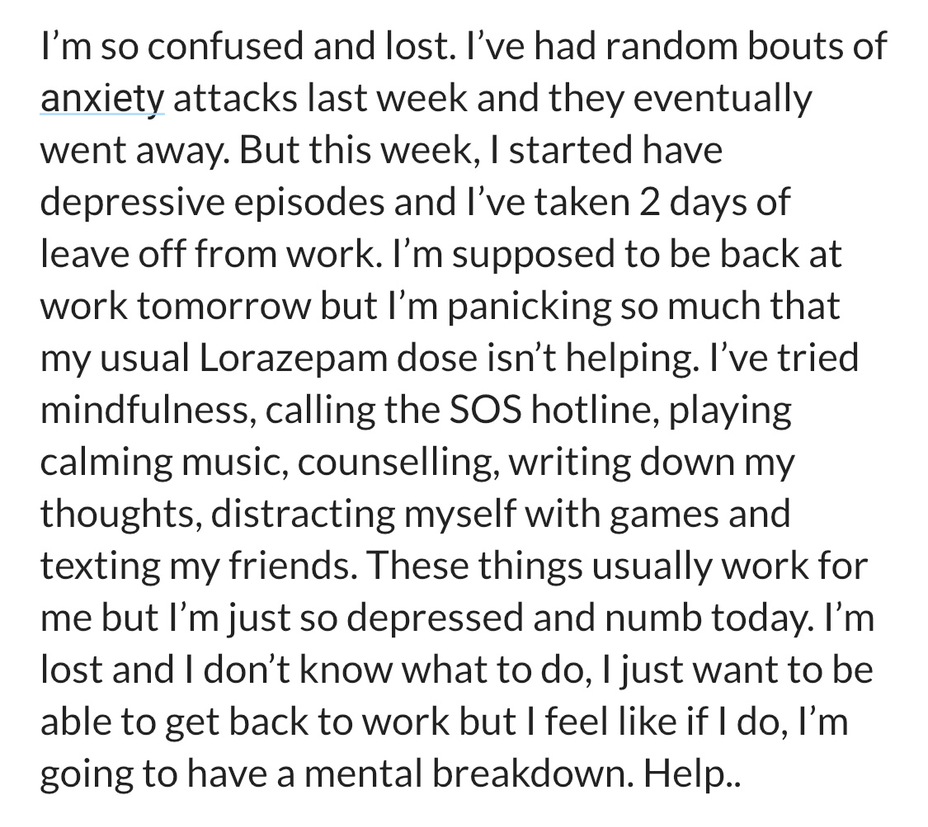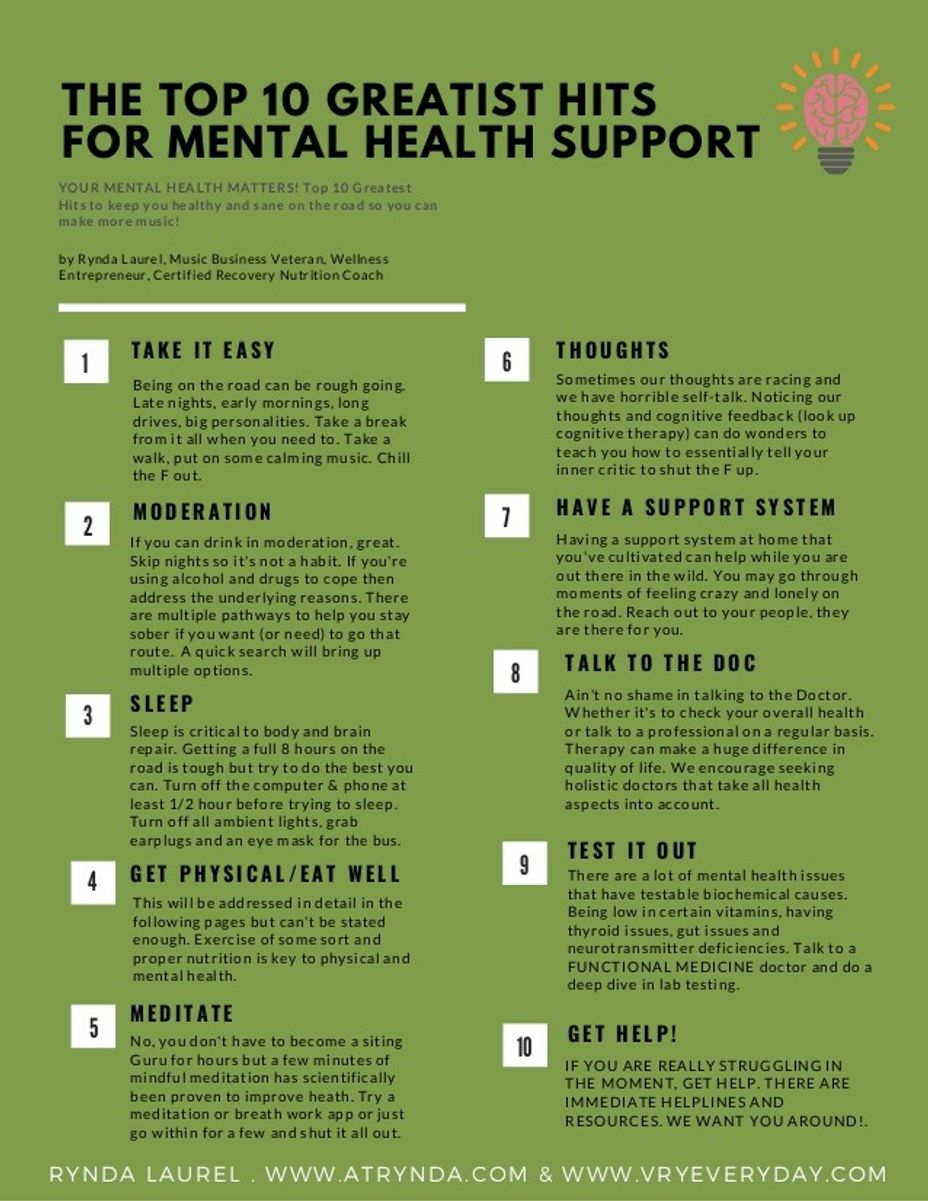Finally, Action Steps. This is when you formulate the tasks you need to achieve your goal. The difference this time is for you to breakdown these tasks into smaller tasks.
Let say that your objective is to be consistent with your medications so by the end of the timeline, you will have lesser risk of missing a dosage and its side effects. Usually, your action item is to drink the meds on time, and "I will be conscious enough to stick to it". Instead of the usual, this time we are going to break down that tasks into smaller tasks:
(1) I will set an alarm which is 5 minutes early to remind me of when to take my medication.
(2) I will not turn off the alarm until I finish drinking the medication.
(3) I will have to cross it off my to-do-list for the day.
We have broken down the steps for you to follow. At first, it will be tactical. The goal is to automate this actions to your system, since the goal is to establish a habit.
Quick insert > go back to your objectives, and draft your final objective. After which, you can revisit all other sections and see how it goes with your FINAL OBJECTIVE.
This is a summary of my proposal for myself. I hope I was able to give you an idea about how you can make the approach work for your situation.
Keep in mind that efficiency and success rate of the plan is a case-to-case basis and may result to different results. The important thing is you have taken the first step for you to become better. Also, the development of this approach will take time, you have to be patient with that too. Always remember to step back and clear your head. Once you are back to yourself, then you can continue.
A wise meme once said that planning is never a straight line, it is an actual scribble.
PS: The methodology can be seen scientific but there is no large-scale study made or used to claim success.
#Anxiety #Depression #CopingWithAnxiety #copingwithdepression #coping 




